Foraging for Mulberries • Insteading

The first time I met a mulberry, it was a sophisticated introduction. On the time, I assumed-about my frequent plant data to be greater than frequent, nevertheless ultimately, this unfamiliar tree didn’t make sense.
It was a perfectly fashioned, open grown tree with scalloped alternate leaves that I couldn’t decide offhand (on account of mulberry timber can be found in quite a few completely completely different shapes). I knew sassafras had three leaf shapes, nevertheless this tree clearly wasn’t sassafras. And, weirdest of all, it was positively dripping with a bounty of berries that for the entire world, appeared like blackberries. Nonetheless a full-on blackberry tree? That couldn’t be correct.
Watch The Video
The flocks of robins and woodpeckers flitting by the use of the branches, nonetheless, knew what I didn’t on the time. They understood that the abundance offered by these widespread timber is one factor to eat, not gawk at. After I sampled my first mulberry that day, I was shocked by the sweet, vanilla-honey-berry style. With berries on the thoughts, I started seeing mulberry timber all over that summer season season — alongside metropolis sidewalks, nation lanes, and park avenues, and below them the underside was carpeted with free fruit.
How did I make all of it one of the simplest ways to my 20s and in no way type a mulberry? No idea, nevertheless I’ve completed my biggest to make up for it inside the years that adopted that summer season season afternoon. These sweet, warm-weather treats have since flip into definitely considered one of my favorite wild fruits, and within the occasion you’ve made it this far in life with out gathering an ample handful of finger-staining goodness, I hope that can make it easier to rectify that error.
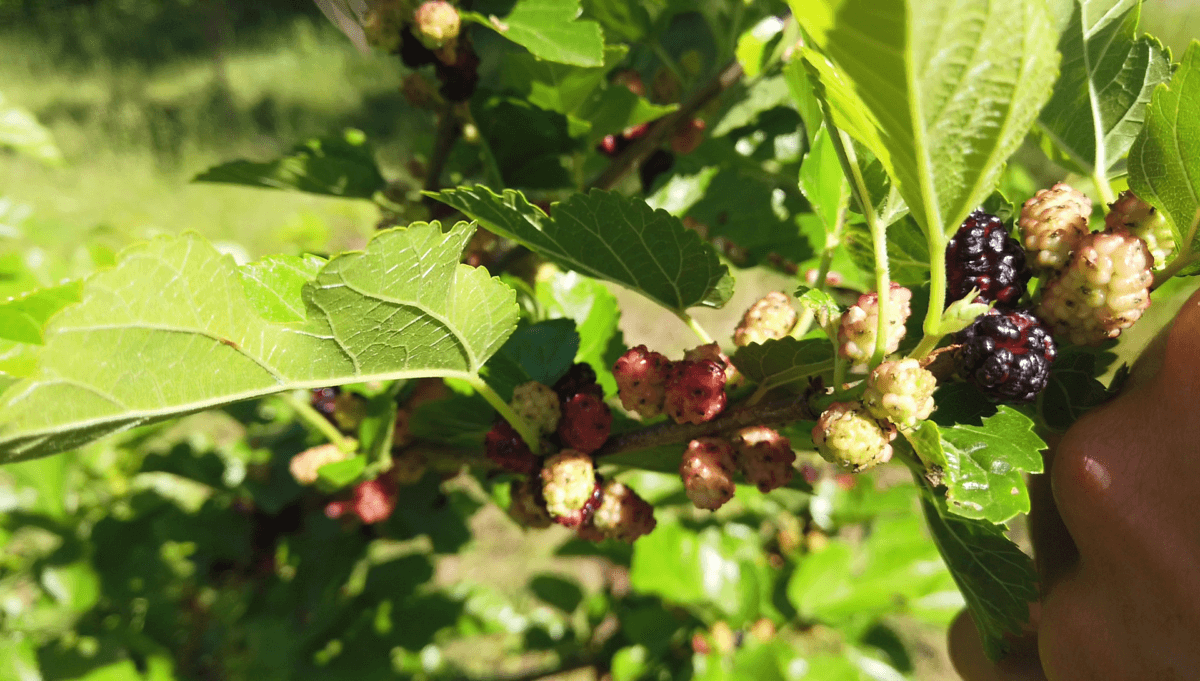

Discovering and Determining Mulberries
There are 4 species of mulberry in america: some native, some launched, all edible.
As you’ll shortly uncover, mulberry leaves, whereas distinctive to the genus, are one thing nevertheless fixed. They’re scalloped, typically lobed, and usually complete. They’ve a family resemblance, nonetheless, and so among the best suggestion I’ve is to get available on the market and uncover as many mulberry timber as chances are you’ll. The additional you observe them particularly individual, the additional you’ll acknowledge them in all their weird and wacky shapes.
Black mulberry is an launched species found scattered all through the lower portion of the nation, nevertheless it is comparatively unusual. Morus microphyllathe Texas mulberry, is an area tree constrained to elements of Arizona, New Mexico, and Texas. I’ve in no way encountered these two species and acquired’t be that features them on this text, nevertheless the whole thing I say about mulberries applies to them within the occasion you happen to have entry.
The precise meals haul is to be found with White mulberry and crimson mulberry the two species that carpet the land from coast-to-coast. For many who encounter a mulberry tree, it’s very seemingly definitely considered one of these two.


American mulberry (M. rubra) is an area species, usually rising inside the forest understory as a sleek, slender-limbed tree. The leaves have a pleasant grit sandpaper actually really feel, with a specific sinus-step tooth inside the hollows of the leaf-shape (if the leaf has lobes, that is) and often, an elongated tip.
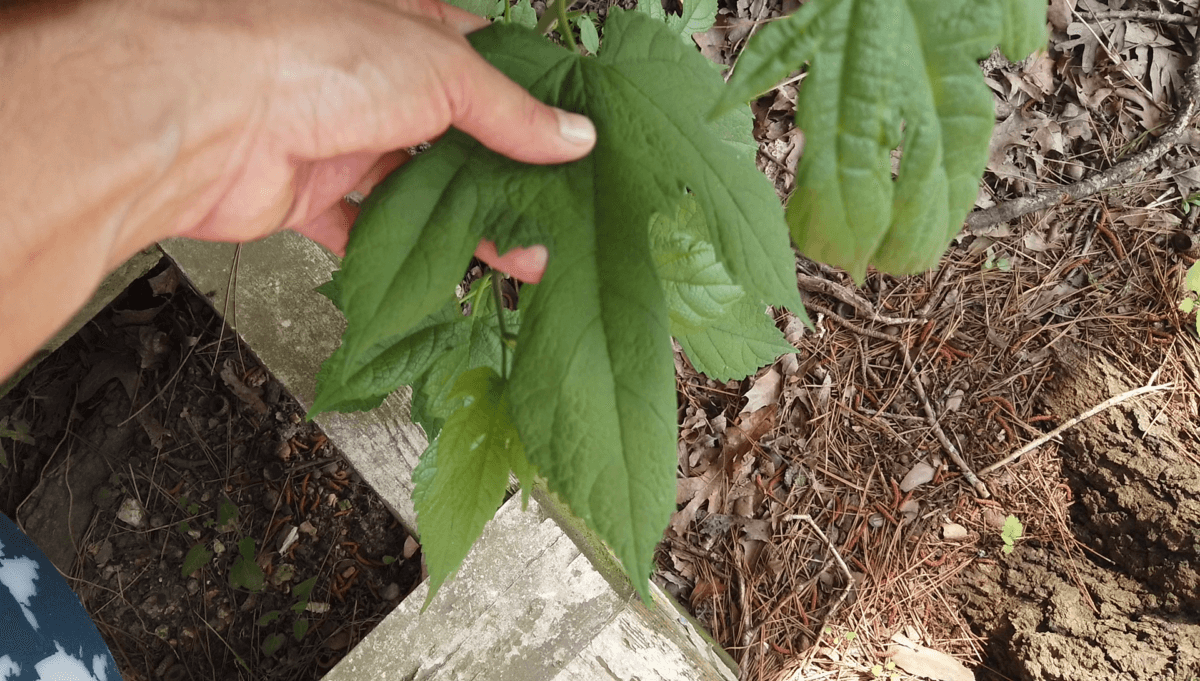

It’s easy to confuse unlobed leaves sooner than fruiting.
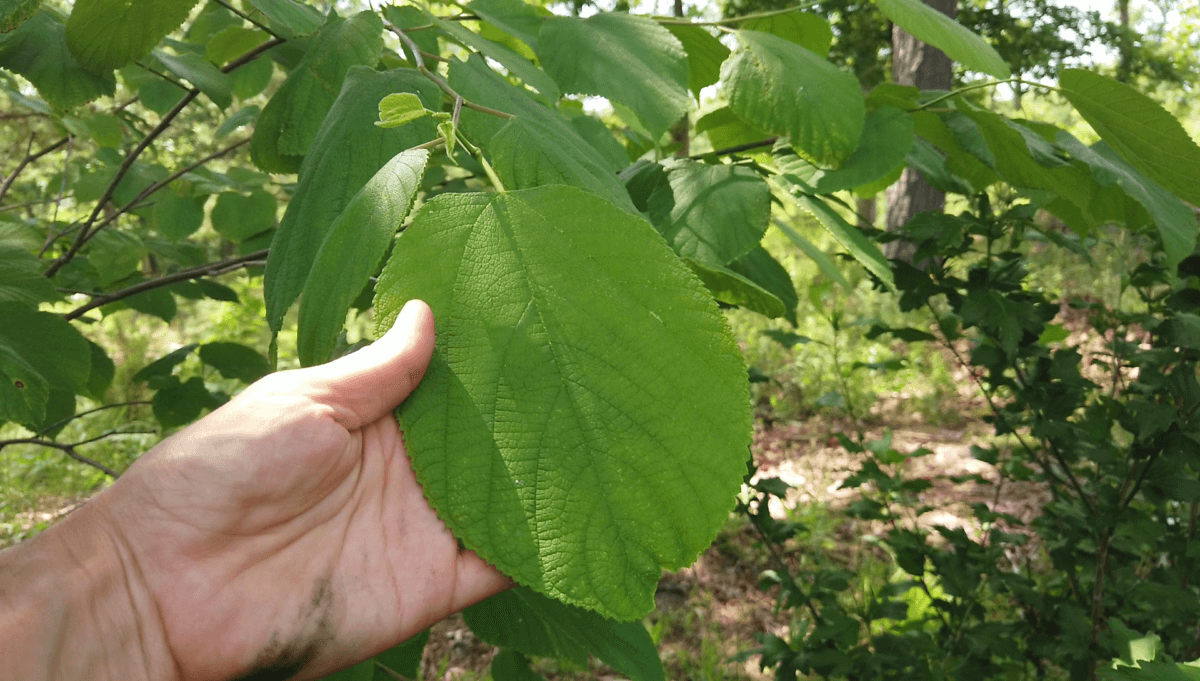

It produces darkish purple fruit that is huge and sweet.
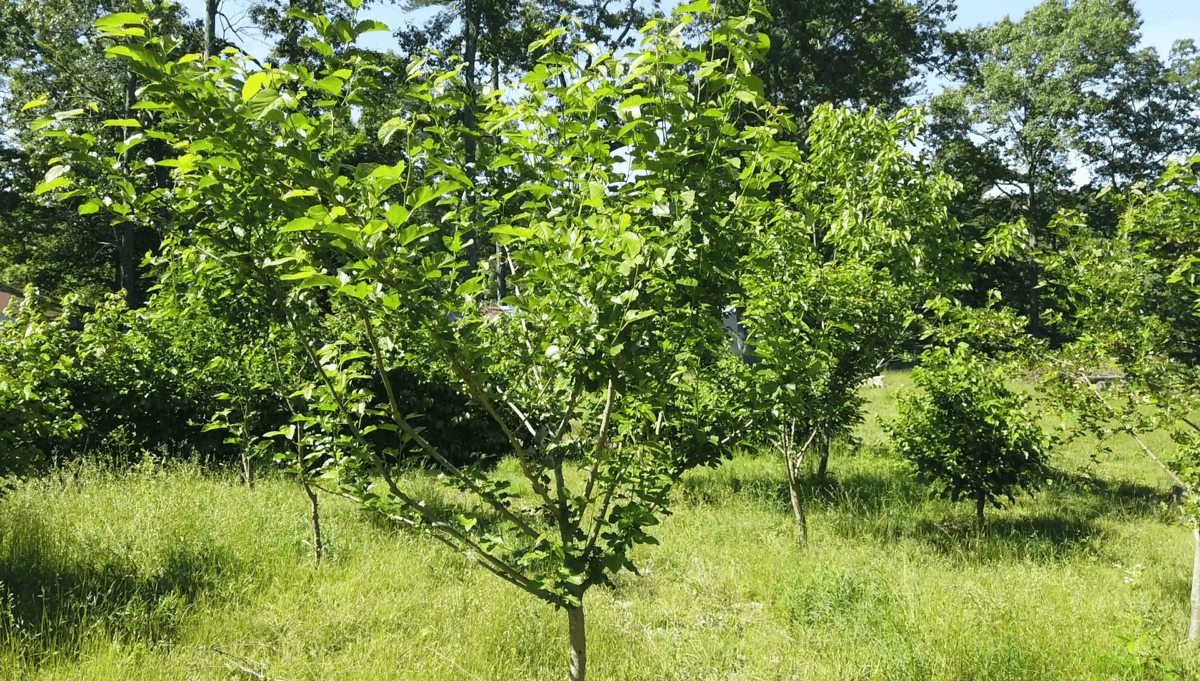

The poorly-named white mulberry (M. alba) is an Asian species that was launched over as meals for the silkworm commerce and in no way really took off in america. Instead, it has naturalized to the aim of turning into our most ample mulberry species. Not like American mulberry, it has simple, shiny leaves that notably lack every that bitty “tooth” inside the sinuses of the leaves and the elongated tip.


Its tree variety is often denser and further robust, notably if it’s rising inside the open (which they usually do). The fruit is a bit shorter than M. rubraand no matter its title, typically ripens to the equivalent blue-black.


Generally, a specific tree will produce white or pinkish-white fruit, nevertheless most don’t. The taxonomist who named these Asian timber had solely seen white-fruited timber on the time, christening them with a status that’s pointless in the long run. This confusion usually leads individuals to incorrectly decide black-fruited white mulberry as M. rubraand decide the few white-fruited white mulberry timber as M. alba; fully deleting the true American mulberry from space guides and foraging books.
The confusion is so prevalent, that after we ordered American mulberry seedlings from our native division of conservation, they actually despatched us the non-native Asian timber, mislabeled as M. rubra. I wasn’t aware of the mistaken identification until this yr, after I noticed a few of our 30 plus timber had white fruit. I took a greater check out their shiny leaves, and the truth was revealed.
For the forager, this mix-up doesn’t suggest so much. Every timber are equally edible. Berries is berries, and on this case, they’re tasty from any tree. Nonetheless for a lot of who make a enterprise in conservation, proper identification, or trying to reestablish native plant populations, it’s kind of an unlimited deal. The errors I’ve seen in books, space guides, parks, and even my very personal orders for native plantings, are so prevalent it’s embarrassing. Furthermore, it’s scrubbing an entire species of native tree from our collective understanding.
Mulberries Look-Alikes
There’s really nothing that seems like a mulberry fruit, moreover a mulberry fruit. For many who see blackberry-like fruit on a tree in early summer season season, it’s assured that you just simply’ve found the suitable tree. Isn’t it good when points are that simple?
If the tree isn’t fruiting, it could possibly be easy to confuse nonlobed mulberry timber with American basswood (American Tilia) or slippery elm (Pink elm). If it’s fruit you’re after, there’s no hazard on this potential mix-up — these two timber acquired’t produce mulberries, clearly.
If it’s the edible leaves you’re after (further on that shortly), there’s nonetheless little hazard. Basswood leaves are equally edible and delicious. And slippery elm leaves have a historic previous of getting used for teaso there’s no toxic menace.
There have to be no guessing in foraging, nonetheless — get acquainted with the distinctively asymmetrical base of a slippery elm leaf and in addition you’ll be succesful to tell the excellence between it and mulberry.
Harvesting Mulberries
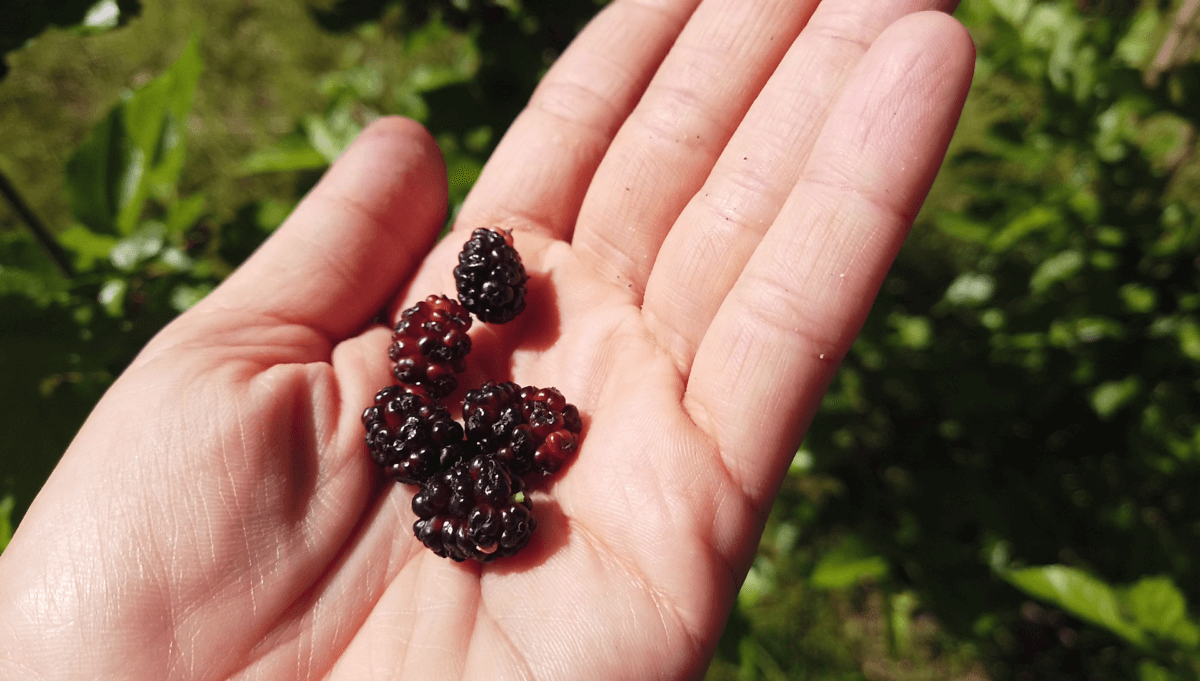

Fruit: Mulberries fruit throughout the equivalent time as wild strawberries near the highest of May and through the first half of June. When these timber do produce, boy do they produce! You’ll uncover timber with ample wild fruit, branches nearly obscured by generosity. The ripest fruits will typically be a deep purple-black coloration, though the white-fruited variants will in all probability be snowy white or pinky-tinged when ripe. Give a berry a mode to see if it’s good. You’ll know, as quickly because the sweetness hits you.
Though I see no should hurry by the use of a berry selecting session, chances are you’ll velocity up the strategy by setting down a tarp and giving the branches an excellent shake. The ripe berries will rain down, typically with a serving to of stink bugs and ants. Thankfully, mulberries float, making cleaning your wild haul a bit less complicated.
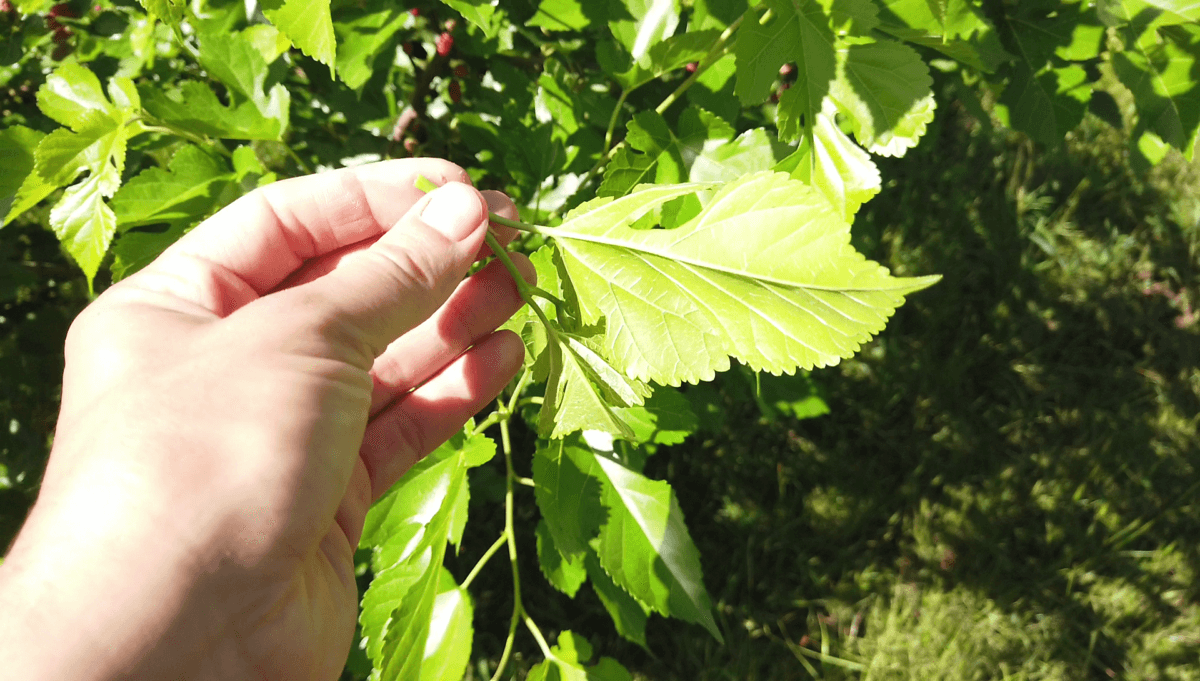

Leaves: A second product to be gathered from this tree are the edible shoots and leaves. Wait, you is perhaps pondering, leaves? Tree leaves for meals? What am I, a giraffe? (Successfully, you could possibly probably play-act as one and strip a leaf or two off a standing tree, I suppose).
Mulberry timber have pretty edible leaves. The youthful, green-branched shoots of spring are tender for a different meal, nevertheless any leaf will be utilized. They’re tasty, don’t have any bitter style, and are abundantly on the market by the use of the tree’s rising season. Every raw or cooked, you need to make the most of them as you may one other tender, pleasing inexperienced. If consuming raw, nonetheless, try to determine the youngest, most tender, bright-green leaves chances are you’ll. Leaves which have completely matured may go away you chewing for longer than you want.
Previous the salads or stir-fries, leaves is perhaps dried and used for tea. Leaves have moreover been dried, ground, and added to flour as a dietary modification.
Cooking and Using Mulberries
For current consuming, there’s little that will improve a current mulberry. Accumulate them by the handful or try them individually. You is perhaps pleasantly shocked to look out the range of flavors found from tree to tree. In my very personal little mulberry glade, as an illustration, I’ve some timber that type candy-like, whereas others have a further delicate sweetness. Merely don’t determine a mulberry by the first chew. The next berry may type completely completely different.
When cooked, nonetheless, they do typically go away a little bit of to be desired. The first time I made a mulberry crumble, I mixed it with strawberries, and it was fully decadent. The second time I made a mulberry crumble, I made it with pure mulberry, and it was unremarkably bland. As I shortly realized, the sweetness of the berries is perhaps unbalanced when heated. I imagine it’s on account of they lack any noticeable acidity. For many who combine mulberries with a nice, tart apple, a contact of lemon juice, or some current wild strawberries, it may possibly make a world of improved distinction. In his e e-book Unimaginable Wild Edibles (which includes a excellent chapter on foraging mulberries), Samuel Thayer recommends mixing ripe and unripe fruit when making jams and preserves as a substitute choice to steadiness the flavors.
For many who can’t decide how one can use your mulberry glut abruptly, it’s super easy to freeze mulberries until you’re ready to utilize them.
Mulberries is perhaps juiced, cooked into syrup, fermented or cooked into finger-staining chutneysand nearly used any means you may use one other berry. Some individuals make an unlimited deal regarding the little stems that hold stubbornly connected. I see it as a nonissue and don’t uncover them. The reality that mulberries lack the hard-crunching seeds of various fruits like blackberries better than makes up for it. Within the occasion that they do bug you, though, cook dinner dinner down the fruit and ship it by the use of a meals mill. That should clear it up correctly adequate in your features.
So have you ever ever met a mulberry? For many who haven’t, or within the occasion you’ve solely seen it when it stains the sidewalk sensible purple in June, then I hope you restore the state of affairs as shortly as doable. They’re a perfect tree in order so as to add to your permaculture panorama, a wonderful pal to go to for a pick-me-up on the trail, and a multipurpose meals provide that anyone fascinated by self-sufficiency would do successfully to get acquainted with.



